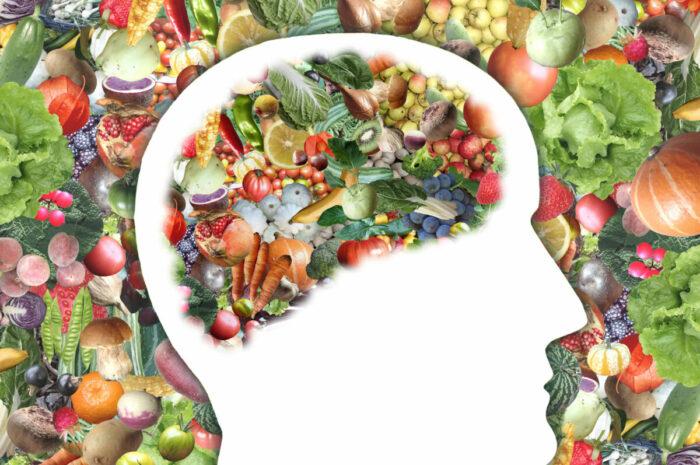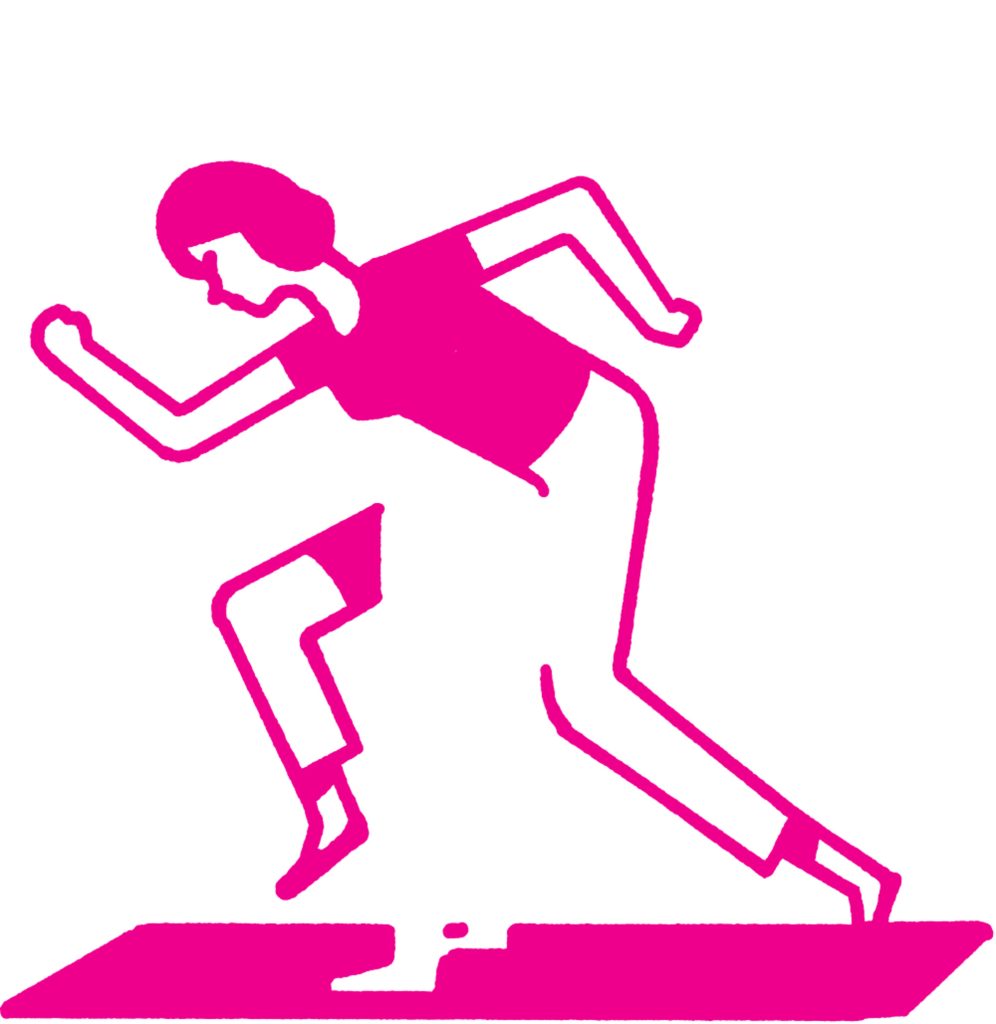Higher magnesium intake linked to lower dementia risk.

Researchers looked into the effects of magnesium consumption on dementia risk variables. They discovered that a higher magnesium intake is associated with a lower risk of dementia. The findings need to be confirmed by other research.
Globally, 57.4 million people suffered from dementia in 2019. This number is projected to increase to 152.8 million by 2050.
Many researchers focus on preventative measures, such as diet, as there is presently no cure for dementia. According to certain research, consuming magnesium supplements may lower the chance of developing dementia and improve cognitive performance.
Reports
According to one study that tracked 1,000 middle-aged adults for 17 years, those who consumed the most magnesium had a 37% lower risk of developing dementia than those who consumed the least.
Further investigation on the relationship between magnesium and cognitive function may help develop dementia prevention measures.
Several studies looked into how long-term magnesium intake impacts dementia risk. They discovered that improved brain health—especially in women—is associated with higher magnesium intake.
The National Capital Poison Center’s Dr. Kelly Johnson-Arbor, a medical toxicologist, co-medical director, and interim executive director who was not involved in the study, said, “Although more research is needed on this subject, the results of this study suggest that higher magnesium intake is associated with improved brain health and may conceivably also be linked to preserved mental function and a reduced or delayed risk of developing dementia.”
Published in the European Journal of Nutrition was the study. Further investigation on the relationship between magnesium and cognitive function may help develop dementia prevention measures.
Several studies looked into how long-term magnesium intake impacts dementia risk. They discovered that improved brain health—especially in women—is associated with higher magnesium intake.
The National Capital Poison Center’s Dr. Kelly Johnson-Arbor, a medical toxicologist, co-medical director, and interim executive director who was not involved in the study, said, “Although more research is needed on this subject, the results of this study suggest that higher magnesium intake is associated with improved brain health and may conceivably also be linked to preserved mental function and a reduced or delayed risk of developing dementia.”
Published in the European Journal of Nutrition was the study.
350 vs. 550 mg of magnesium daily
The researchers used 6,001 people’ medical records from the UK Biobank, aged 40 to 73, for the study. Measurements of blood pressure, an MRI scan, and dietary magnesium consumption over a 24-hour period five times during a 16-month period were all included in the data.
Almost 95% of individuals maintained consistent magnesium intake throughout the research period. Yet, some people over time increased their intake while others decreased it.
Finally, they discovered that, in MRI scans, increased dietary magnesium intake was associated with larger brain volumes and smaller white matter lesions (WML), both of which are signs of dementia.
Also, they discovered that magnesium intake exceeding 550 mg per day is associated with a brain age by 55 years old that is roughly one year younger than intake of 350 mg per day, which is close to the daily recommended amount.
They pointed out that this indicates a 41% increase in magnesium intake could enhance brain health, maintain cognitive function, and reduce the incidence of dementia.
They also discovered that post-menopausal women compared to pre-menopausal women had higher levels of neuroprotective magnesium intake than men. However, they pointed out that bigger brain sizes in women were associated with lower magnesium intake over time.
Most correlations between blood pressure measurements and magnesium consumption were insignificant.
How magnesium lowers dementia risk?
According to Dr. Howard Pratt, D.O., psychiatrist and Mental Health Medical Director at Community Health of South Florida, Inc., who was not involved in the study, magnesium is known to be a neuroprotector and to have favourable effects on blood pressure.
“High blood pressure is a documented dementia risk factor in and of itself. The study later showed a decrease in white matter lesions in medium to early old age, indicating that increasing dietary magnesium consumption can have beneficial benefits on cardiovascular health,” he noted.
Magnesium, according to Dr. Johnson-Arbor, may aid in reducing inflammation.
Chronic medical disorders that lead to magnesium deficiency are more likely to occur as we age, including renal disease and vitamin D deficiency. Several studies have suggested that magnesium may be implicated in the development of dementia and other neurologic diseases because magnesium deficiency may result in reduced cellular communications and increased inflammation inside the brain,” stated Dr. Johnson-Arbor.
Magnesium’s effects on women’s health
The University of California, Irvine, Program in Public Health’s Dr. Bruce Albala, an environmental and occupational health professor who was also not involved in the study, is trying to figure out what might be to blame for the enhanced effects of magnesium on post-menopausal women.
The authors suggest that the older women’s lower levels of chronic inflammation may have been a result of their higher magnesium consumption. At this time, these findings should be treated with caution, especially for the smaller magnesium dietary subgroups, the author advised.
The fact that oestrogen is a vasodilator, which means that it can assist lower blood pressure, is one of the interesting things about it. Post-menopausal women’s lower oestrogen levels can actually lead to greater blood pressure.
Study restrictions
Dr. Albala cited a number of the study’s limitations. The individuals’ average age was 55, thus it is unknown whether magnesium is beneficial later in life because the researchers did not include a follow-up MRI scan.
More than 95% of the subjects had steady magnesium intake during a 16-month period, he continued, therefore there was no information available on how variations in magnesium intake over time increase the risk of dementia.
He added that the amount of magnesium consumed is not always related to the body’s actual amounts of the mineral or how it affects tissues like the brain. Dr. Pratt stated that rather than making dementia diagnosis, the study looked into risk factors.
The fact that a person can have numerous dementia risk factors but not actually get the disease restricts this study. Also, there are limits in our knowledge of the timing and scope of magnesium’s neuroprotective effects on the brain, the author pointed out.
Dr. Johnson-Arbor continued, “Although the study authors considered elements like triglyceride levels, tobacco use history, history of diabetes, physical activity, and alcohol intake when they created their analysis, they did not collect data on other conditions—such as other cancer, kidney disease, or other neurologic conditions—that may have affected the findings in this study.
Magnesium to ward off dementia
Board-certified emergency medicine specialist Dr. Naomi Jean-Baptiste was not involved in the study. She advised people to avoid consuming too much magnesium.
“Like all nutrients in the body, magnesium has a recommended range and too much of it might be bad for you. Magnesium excess can result in mortality due to muscle weakness, exhaustion, low blood pressure, and dyspnea. Hence, before include additional magnesium in your diet, use caution and see your doctor, advised Dr. Naomi Jean-Baptiste.
Dr. Jason Krellman is an assistant professor of neuropsychology at Columbia University Medical Center and a neuropsychologist who was not engaged in the study.
“Further research is required to investigate the possible neurological and cognitive benefits of a magnesium-rich diet utilising carefully controlled, experimental circumstances and a study design that tracks people’s neurocognitive health over time,” he said.
However, the study’s encouraging results show that there are a number of dementia risk factors that people can identify and minimise through healthy lifestyle choices, such as heart-healthy eating habits, aerobic exercise as tolerated, and engaging in enjoyable cognitive and socially stimulating activities.
REFERENCES:
- https://www.medicalnewstoday.com/articles/higher-magnesium-intake-linked-to-lower-dementia-risk
- https://www.news-medical.net/news/20230323/Increased-intake-of-magnesium-rich-foods-could-help-reduce-dementia-risk.aspx
- https://www1.racgp.org.au/newsgp/clinical/can-a-magnesium-rich-diet-reduce-dementia-risk
For more details, kindly visit below.








